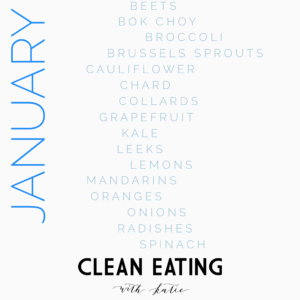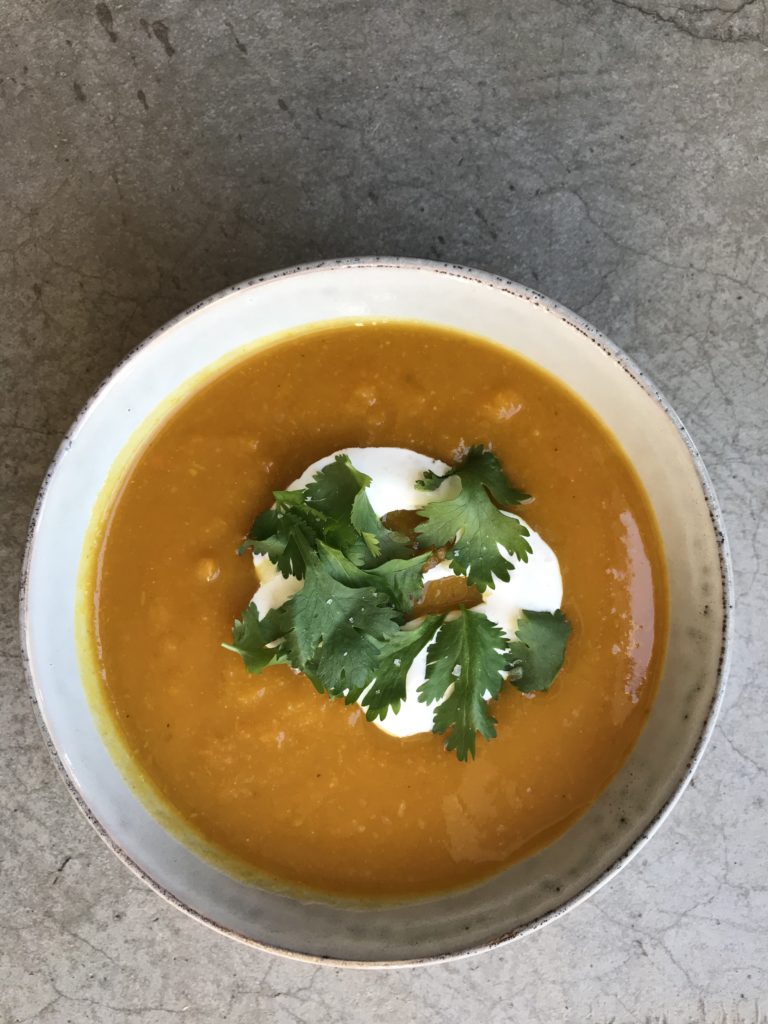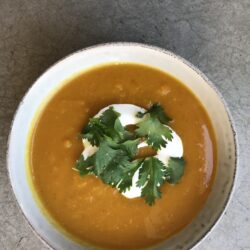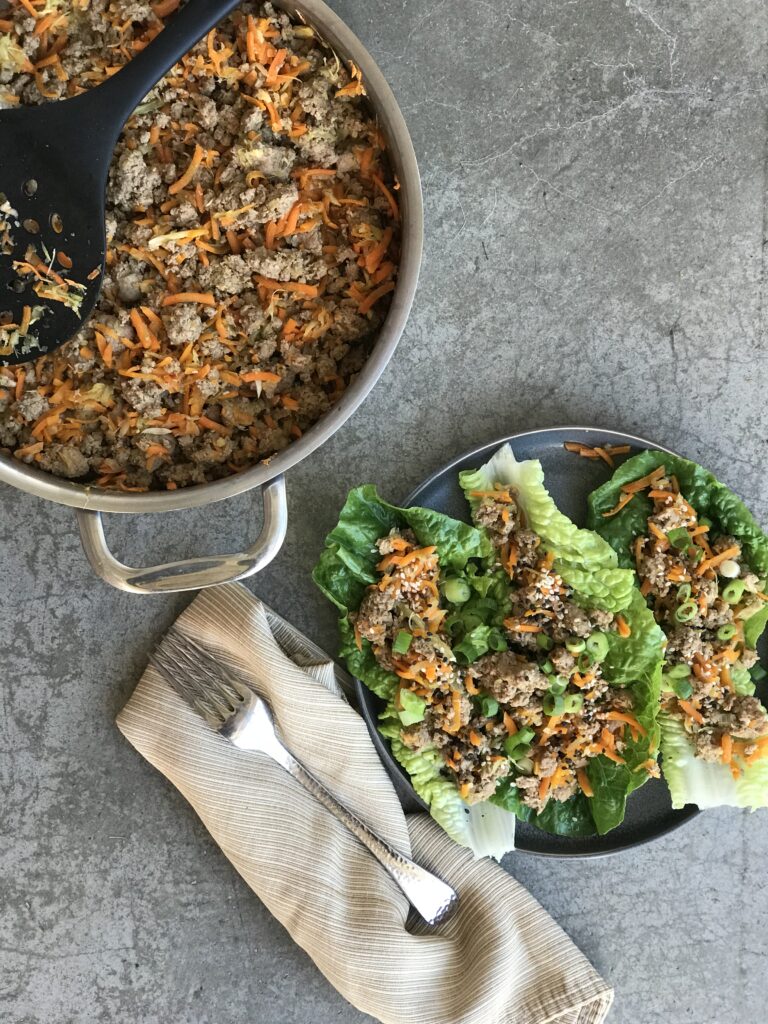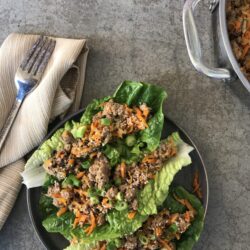Green onions probably aren’t anything new for many of us, but they are an essential ingredient in all types of cuisine. I don’t mind onions raw, I love them cooked, and I ADORE them caramelized. I realize that not everyone feels this way about onions, especially children. Jennifer Tyler Lee suggests including them in omelets or even making savory green onion pancakes. I like the idea of using them to make savory pancakes, but choosing a grain free flour for the pancakes, rather than whole wheat flour. (You probably know my stance on wheat, but if not, check out this post.)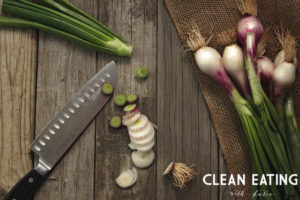
Food Facts:
- Onions are members of the allium family, like garlic and leeks.
- Smaller onions have less water and a greater concentration of phytonutrients.
- The sweeter the onion, the less phytonutrient activity.
- The Western Yellow variety of onion has the most antioxidants
- The papery skin layer of the onion has the most concentration of bionutrients. And while we don’t eat that part of the onion, it should be saved and added to homemade broth.
- Onions are a rich source of the antioxidant quercetin. This phytonutrient is vital to support digestion and gut issues.
- The antioxidant values in onions have been shown to prevent cancer
- Onions have also been shown to fight against cardiovascular disease and osteoporosis.
- Good source of vitamins C and B6, potassium, and manganese.
- Onions have been also been shown to support the respiratory system and fight coughs and congestion.
- The sulfur in onions (and all alliums) is great for liver detoxification.
- A good source of prebiotic fiber (this feeds your gut bacteria and helps to keep the colony thriving).
From: The 52 New Foods Challenge: A Family Cooking Adventure for Each Week of the Year, with 150 Recipes by Jennifer Tyler Lee, Superfoods: The Healthiest Foods on the Planet
by Tonia Reinhard, and Eating on the Wild Side: The Missing Link to Optimum Health
by Jo Robinson.
Photo Credit: Luv Kreativ Photography https://www.instagram.com/luvkreativ/?hl=en
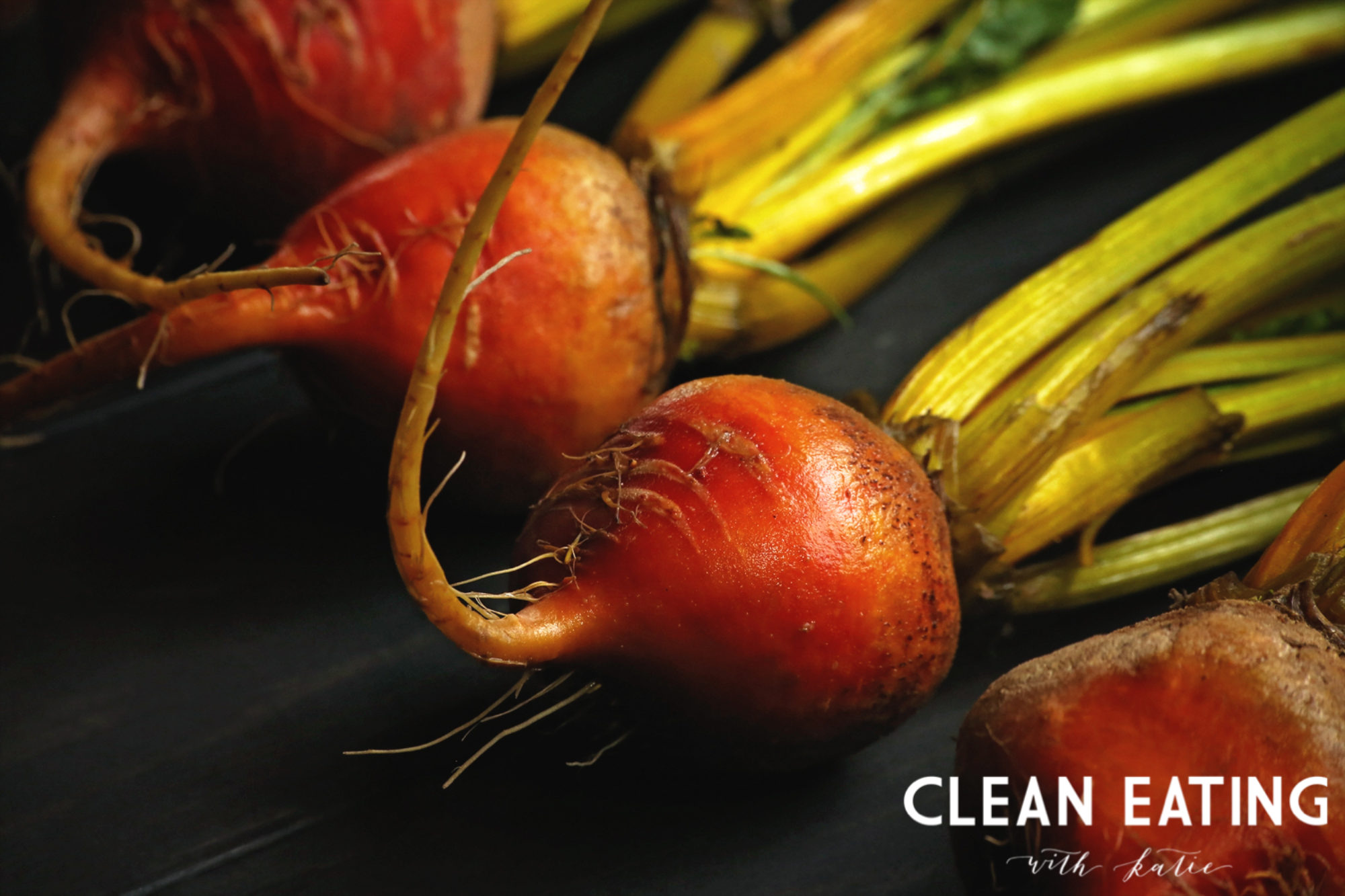

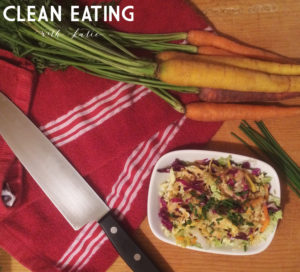 ugar Detox: Bust Sugar & Carb Cravings Naturally
ugar Detox: Bust Sugar & Carb Cravings Naturally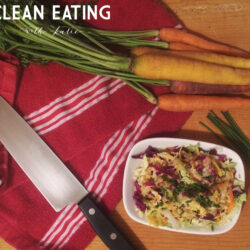
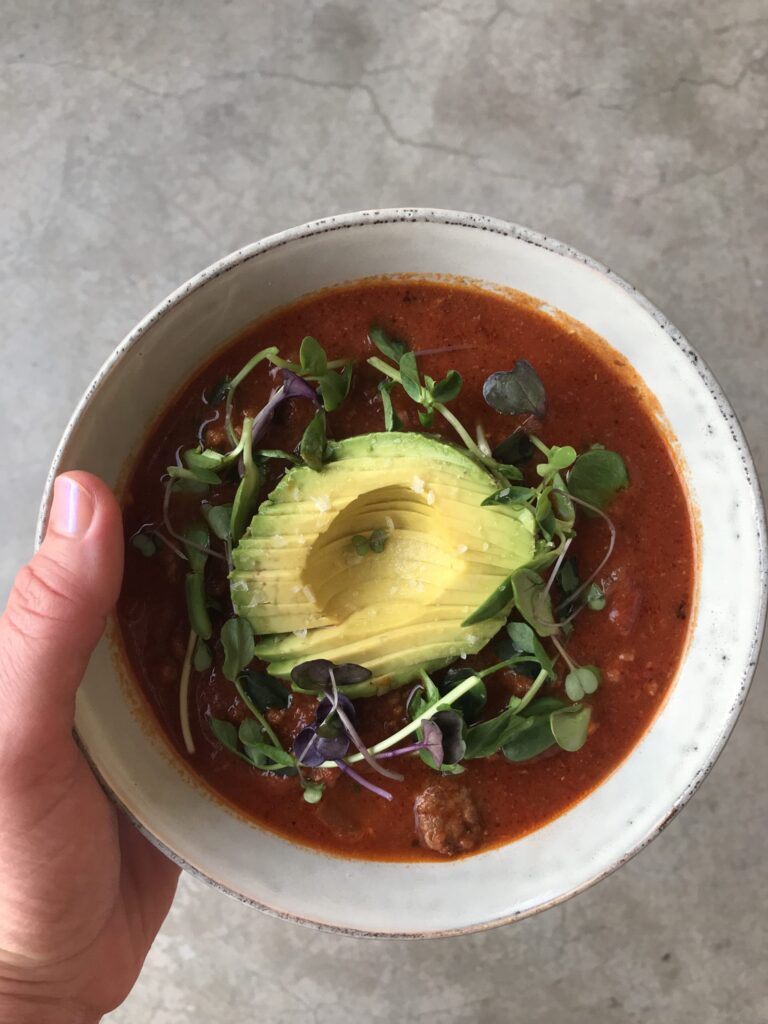
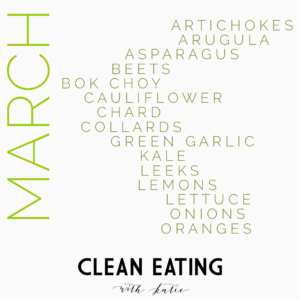
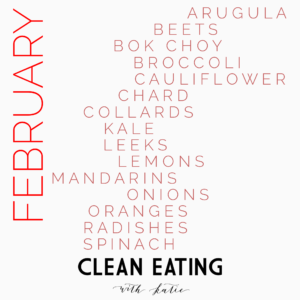
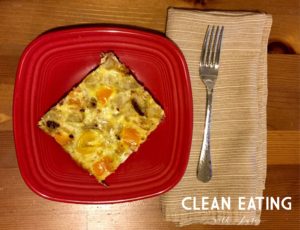 d pleaser. This is my current go-to version.
d pleaser. This is my current go-to version.
